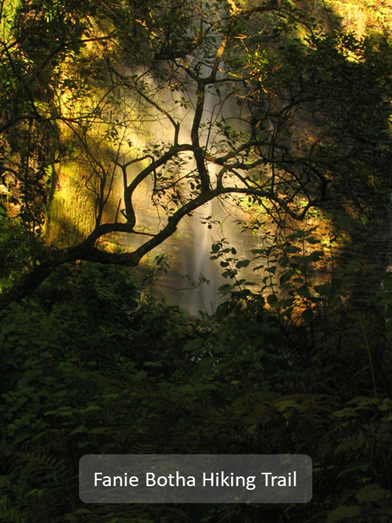Forest bathing is the practice of immersing yourself in nature in a mindful way, using your senses to derive a whole range of benefits for your physical, mental, emotional, and social health.
'Shinrin' means forest and 'Yoku' stands for bathing.
The COVID-19 pandemic has shown a rise in general appreciation for natural remedies and therapies. We know what is good for us and we know that nature offers many healing powers. During the lockdown in England, a survey showed that 85% of adults reported that being in nature makes them happy and those who visited natural space in the last 7 days reported being happier than those that hadn’t. Forest bathing boosts the immune system with an increase in the count of the body’s natural killer cells which provide a first-line defence against pathogens and cancerous cells.
Research from around the world and particularly Japan, proves that a forest, or any wooded area, really does have a healing effect. Trees and plants release antimicrobial essential oils, called phytoncides which protect plants from pests and diseases and have many health benefits for people. These oils can boost our mood and immune system function, they have been shown to normalise blood pressure and glucose levels. It reduces stress and anxiety, and improves concentration, sleep and creativity. In some countries like Japan and South Korea, forest-bathing research is so conclusive, it is recognised as a clinical therapy and is available on prescription.
Where shall we take our bath then?
 The forests and plantations throughout Southern Africa are immensely rich in natural beauty, wild life and the cultural remains of previous generations. They are also the harbingers of hiking, with the Fanie Botha Hiking Trail in the Mpumalanga Region of South Africa being the forerunner to a network that today spans many forests, planted and natural. You walk in the forest. You sleep in the forest. You heal in the forest.
The forests and plantations throughout Southern Africa are immensely rich in natural beauty, wild life and the cultural remains of previous generations. They are also the harbingers of hiking, with the Fanie Botha Hiking Trail in the Mpumalanga Region of South Africa being the forerunner to a network that today spans many forests, planted and natural. You walk in the forest. You sleep in the forest. You heal in the forest.
Driving through the Mpumalanga Region, you may notice stone circles in the grasslands and plantations that are common in this area. Archaeologists claim these to be the remnants of the Bokoni people that lived in this region, possibly arriving there at the end of the 17th century. Others will that these ruins date back further with claims that Adam’s Calendar, near the popular Kaapschehoop village and next to the FSC® certified Berlin Plantation, dates back more than 200 000 years and it is suggested that this may be the oldest man-made stone structure known.

Whilst you are in Kaapshehoop, you will also see the famous wild horses of the area and if the saddle is your thing, the Kaapschehoop Horse Trails will take you through the trees and magnificent grasslands of this area.
Wish to hug a tree? A really big one? One that is estimated to be more than a 1000 years old? Go see the Big Tree in the Tsitsikamma National Park. This old Outeniqua Yellowwood tree (Podocarpus falcatus) has a circumference of close on 9 meters and you are lead to this on a walk through the Tsitsikamma Forest, the largest contiguous natural high forest in South Africa. This national park also includes one of the largest single unit Marine Protected Areas in the world, famous for whale watching in addition to hiking, blackwater tubing and many others delights. Try the Tsitsikamma Canopy Tours, where you literally fly through the forest canopy on a 2.5 km trail. 

The SAFCOL owned plantation at Belfast, Mpumalanga, has a lodge on a man-made lake where fishing is the core attraction. Rivers and streams are incredibly important features in any forest landscape and attracts special care in the water scarce South Africa. On the western shores of the iSimangaliso Wetland Park, a World Heritage Site, lies the FSC certified Mondi Plantations where commercial forestry activities often have to heed to elephants, rhinoceros and other animals that live in and traverse these forests. Here too, there are many activities to bring joy to the heart of visitors.
Natural and planted forests are so much more than just timber production. More than 80% of South Africa’s commercial forestry areas are FSC certified and one of the requirements that have to be met is that at least 10% of the land has to be set aside for conservation purposes. Most have substantially more than that and boast many incredible natural and cultural features that are open to the public. The FSC standard promotes the multiple land-use concept and goes even further in that it recognises that these forests and their ecosystems, provide many benefits to man and these are benefits such as recreation that can be monetised in support of the core FSC mission: “Responsible Forest Management”.
Make your way to a forest and take a bath. You will be back for more!
